Yes, I am finally getting around to finishing the Captain America series with Captain America: The First Avenger, produced by Marvel Studios and released in 2011 by Paramount.
And though this is the fourth version of Cap to be produced, in many ways, this feels like the first real adaptation. The 40’s serial shared nothing but a title, the 70’s TV movies updated the story into a costumed version of The Six Million Dollar Man with a beefy Reb Brown in the Steve Rogers role, and the 90’s version, while more accurate (with an almost perfect rendering of the comic book costume), still made major changes and omissions.
Since this was intended to serve as part of the cycle of movies leading up to The Avengers, the movie opens in the modern day, with agents braving a blizzard to investigate a crashed something buried in Artic ice. It turns out to be some sort of crashed airplane, and inside, they find this.
And by now, you should know how this story goes, but you’re going to have to wait about a half-hour to get there. First, we see a Nazi by the name of Johann Schmidt break into some sort of monastery and take a glowing cube that is not called “Cosmic.”
Of course, we can only tell he’s a Nazi by the cut of his uniform and his heavy German accent, because there are no swastikas or S.S. symbols on his uniform, only the mark of Hydra. This scene also ties us into the previous movie in the cycle, Thor, referring to the cube–which they call the tesseract–as science that resembles magic and having belonged to Odin himself (the glow is reminiscent of the Frost Giant artifact from Thor, based on the comics’ Casket of Ancient Winters).
And finally, we get to meet our hero.
Steve Rogers is a little guy. One thing the movies had never been able to get right, because the technology just wasn’t there, was to depict Steve’s amazing transformation from underweight loser to paragon of masculinity. In the TV movies, Steve was already a bulky ex-Marine when he received the injection to save his life. In the Pyun movie, they emphasize Steve’s transformation by giving him polio and making him walk with a cane, then giving him muscle padding under his clothes afterward that sometimes makes him look hunchbacked.
In this film, they use a variety of techniques to shrink Chris Evans and make him look scrawny. And you have to look really closely to see the seams. It’s a wonderful realization of  Simon and Kirby’s original concept.
Unfortunately, Steve has a problem. The United States is at war, but Steve, who feels he has a duty to help, is ruled unfit for duty, no matter how many times he applies. You have to wonder, though, if he’s willing to lie about where he’s from to get in, why doesn’t he also lie about his medical history, since his asthma is one of the things holding him back.
Later at a movie, Steve picks a fight with a heckler, and I wonder if there was a lot left on the cutting room floor, because they keep showing close-ups  of this woman in tears.  Once Steve is thoroughly losing the fight, they bring in the big twist.
The big soldier who saved him is James “Bucky” Barnes, Captain America’s sidekick during WWII. The thing is, in the comics, Bucky was a kid, maybe 13. In the modern version, Bucky’s not only grown, but he’s actually bigger than Steve. This becomes important later.
Bucky and Steve double-date at the World of the Future Expo, where we catch a neat little Easter egg.
The dummy in the red suit in the giant glass tube–billed as Phineas T. Horton’s Synthetic Man–is the original Human Torch, the one who debuted in Marvel Comics #1 way back in 1939. He was an android who originally burst into flame when exposed to oxygen. This is a double-nod, actually, both to Marvel’s first superhero and to star Chris Evans, who played the other Human Torch in the two Fantastic Four films.
Appearing at the expo is Howard Stark, father of Tony, who is here to demonstrate his anti-gravity car in a glitzy demonstration much like Tony Stark’s appearance at his own expo in Iron Man 2.
This is a nod to the fact that Howard Stark will be one of the founders of S.H.I.E.L.D., providing them with cutting-edge technology. A flying car was one of the first gadgets to appear in the very first Nick Fury, Agent of S.H.I.E.L.D. story, although in that story, it was built by Tony Stark and it worked. Howard Stark’s version shorts out and crashes to the ground (to explain why the world isn’t filled with flying cars in the later movies, I’m guessing).
Steve spots a recruiting station during the demonstration and sneaks off to apply again. He gets into an argument with Bucky in the lobby, saying that he has no right to stay at home while other men are giving their lives. The argument is overheard by Dr. Abraham Erskine (Stanley Tucci), who interviews Steve and decides he would be just right for a certain project he’s developing. Steve’s application is approved.
Meanwhile, Johann Schmidt is working on using the power of the cube with the help of Dr. Arnim Zola.
The joke in this initial appearance of Zola’s face in this lens is that the original Zola in the comics looked like this.
Zola and Schmidt use the cube to charge super-batteries which will then be used to power advanced weapons designs.
So Steve gets sent off to Basic Training with the other candidates for Erskine’s program, where we are introduced to Colonel Phillips (Tommy Lee Jones) and Agent Carter (Hayley Atwell).
Phillips doesn’t like the fact that Erskine has included such an obviously unfit specimen like Steve in his program, but Carter is impressed by Steve’s tenacity and ingenuity. In one scene, an exhausted Steve gets a ride back to base during a training run by retrieving a flag no one else could manage to get. He does it by pulling out the support and dropping the flagpole. What I don’t get is why no one else took the flag from him, although you could argue they were just being good soldiers and obeying the order to fall in.
Phillips wants Steve out of the program, arguing that the strapping Pvt. Hodge (played by the amazingly-named Lex Shrapnel) Â is the obvious top choice: big, tough, follows orders without question. To demonstrate Hodge’s superior courage, Phillips tosses a dummy grenade among the assembled trainees. Hodge dives for cover while Steve throws himself on the grenade. He’s small, but brave.
The night before the procedure is to be performed, Erskine visits Steve and tells him about Schmidt, who received an earlier version of Erskine’s serum, which made him strong and smart, but had unfortunate side-effects.
So finally comes the big day. Carter escorts Steve to the secret lab where he’ll receive the super-soldier treatment. They share a moment in the car full of romantic tension; there’s obviously a mutual attraction. Once they get to the lab, which has a secret entrance disguised as an antique shop, Steve is given an injection and loaded into a high-tech coffin designed by Howard Stark. The serum is to be augmented by so-called Vita-Rays.
He is given the injection and bombarded with the rays. Erskine tries to stop the procedure after hearing Steve’s screams from inside the Vita-Coffin, but Steve tells them to continue. He can take it. The power reaches 100%, sparks fly, and finally the new Steve is revealed.
Agent Carter is very happy.


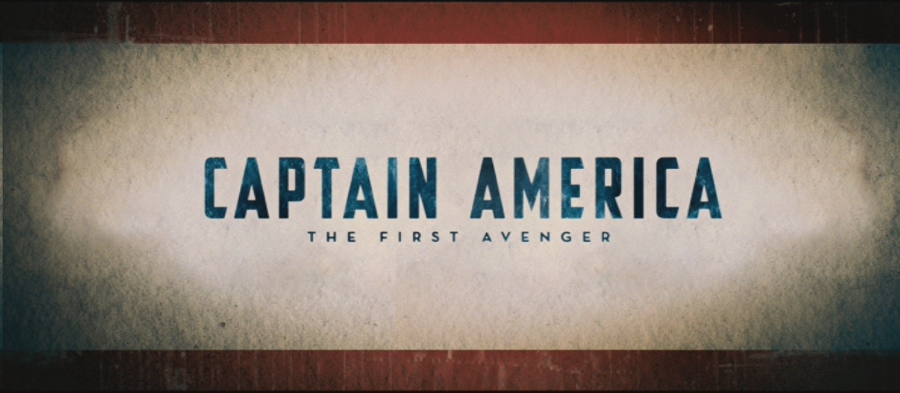
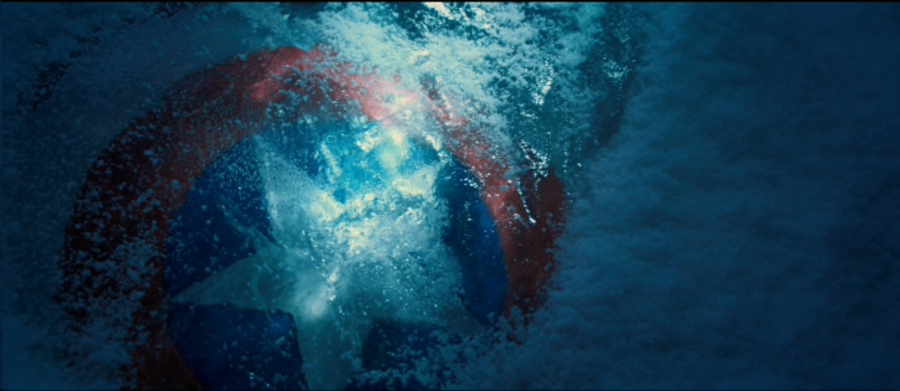
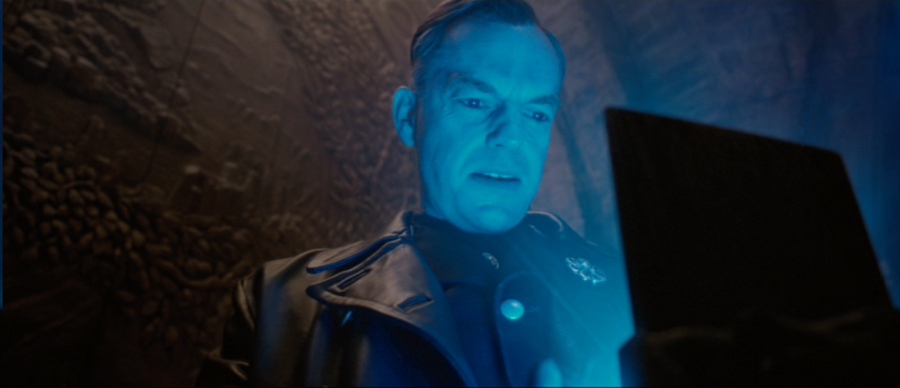
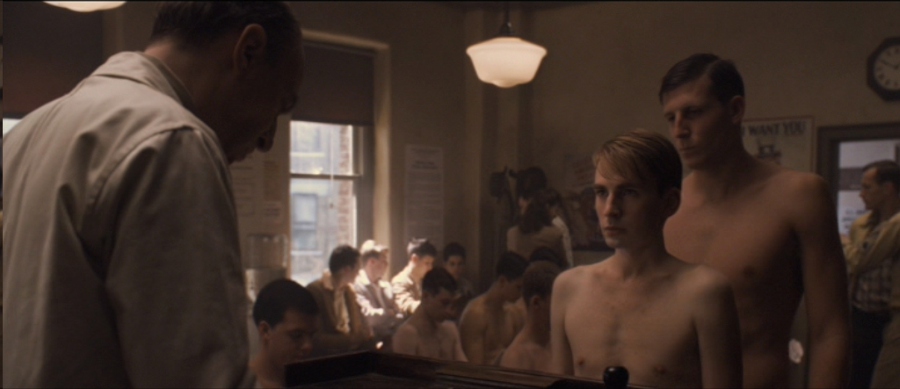
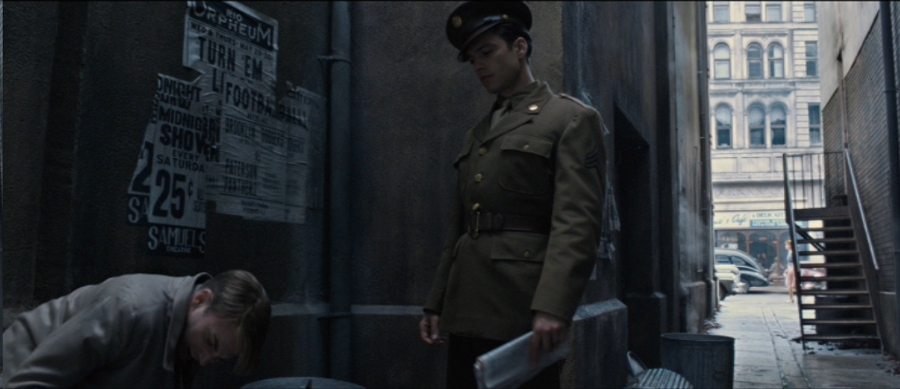
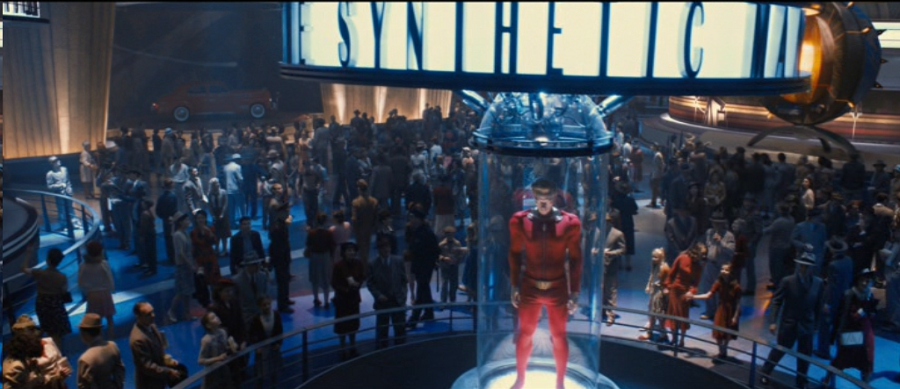
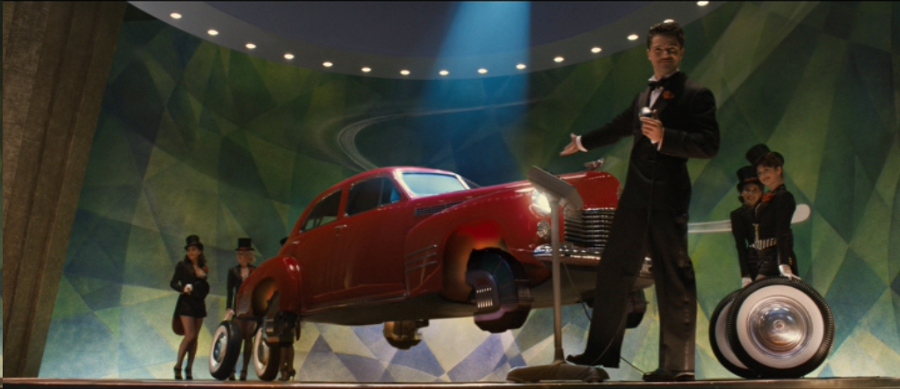
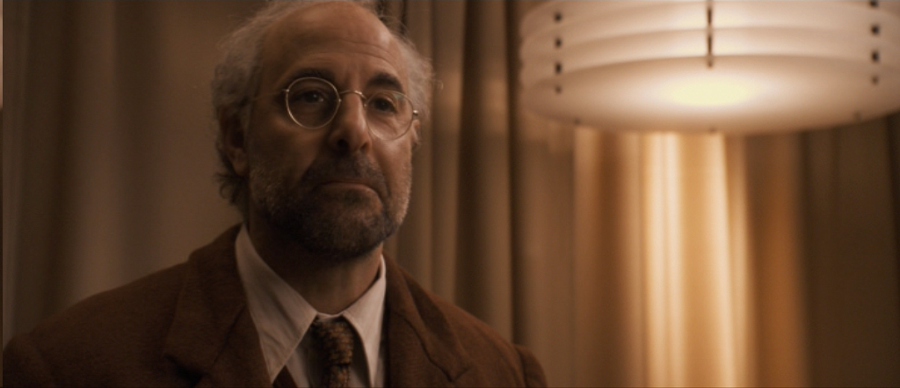
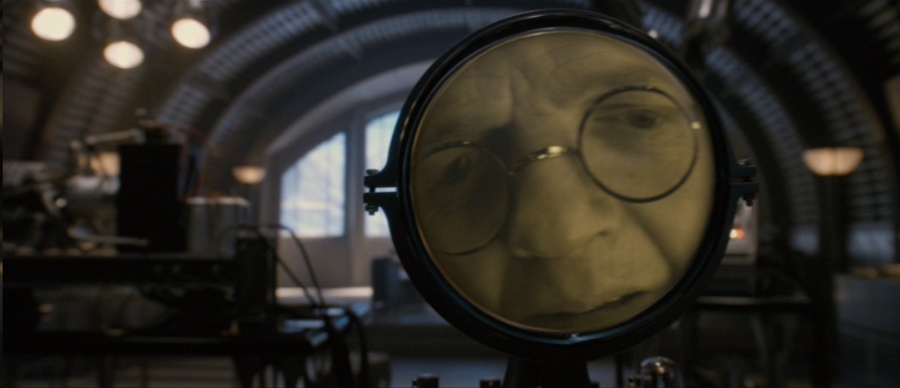
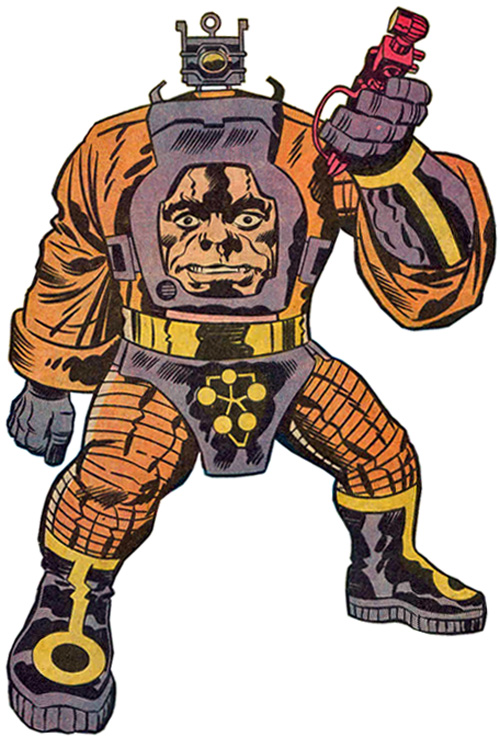
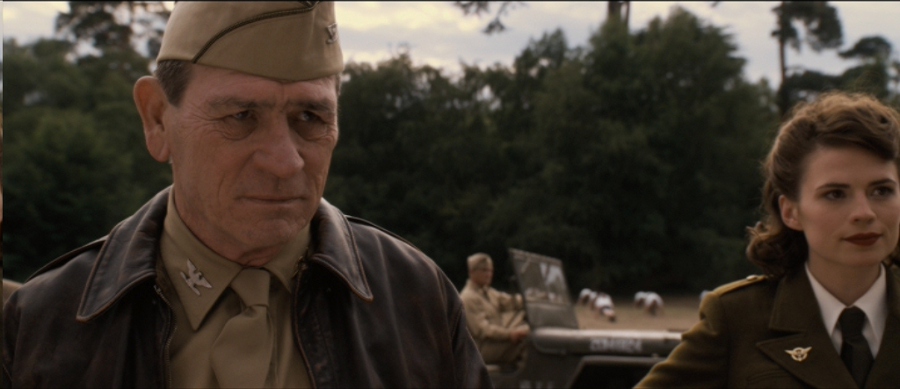
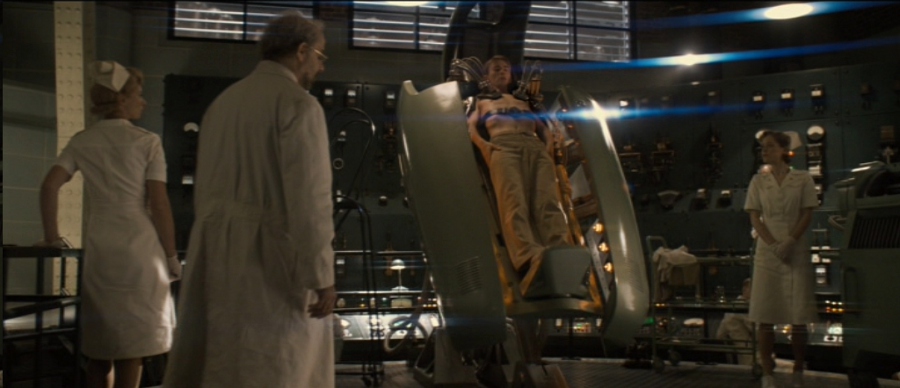
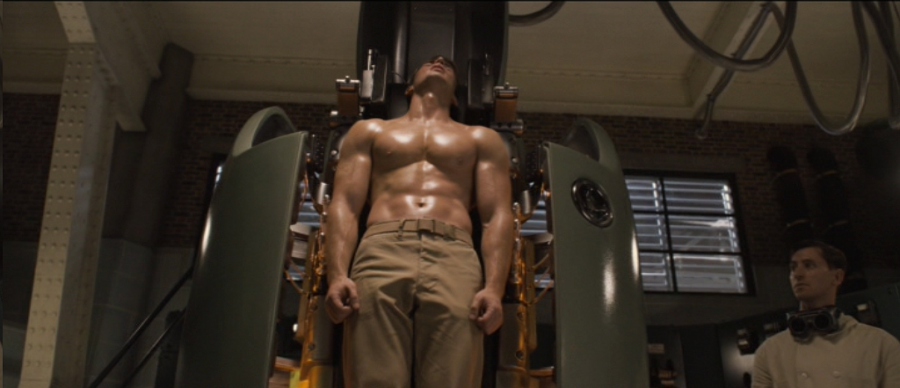



Pingback: 42 Details From Action Movies That'll Make You Shout "Yippee Ki-Yay!" • Next Ladies
Pingback: 42 Details From Action Movies That'll Make You Shout "Yippee Ki-Yay!" | Viral News
Pingback: 42 Details From Action Movies That'll Make You Shout "Yippee Ki-Yay!" – Crazy Bite
Pingback: 42 Details From Action Movies That’ll Make You Shout “Yippee Ki-Yay!” – Jag Dior Perspectives
Pingback: 42 Details From Action Movies That'll Make You Shout "Yippee Ki-Yay!" | WoW AffCart
Pingback: 42 Details From Action Movies That’ll Make You Shout “Yippee Ki-Yay!” – News Puddle
Pingback: 42 Details From Action Movies That'll Make You Shout &q… | Startup Wide
Pingback: 42 Details You (Probably) Never Noticed In Action Movies – NewsMust
Pingback: 42 Details From Action Movies That'll Make You Shout "Yippee Ki-Yay!" - Latests News
Pingback: 42 Details You (Probably) Never Noticed In Action Movies | BustBrainz